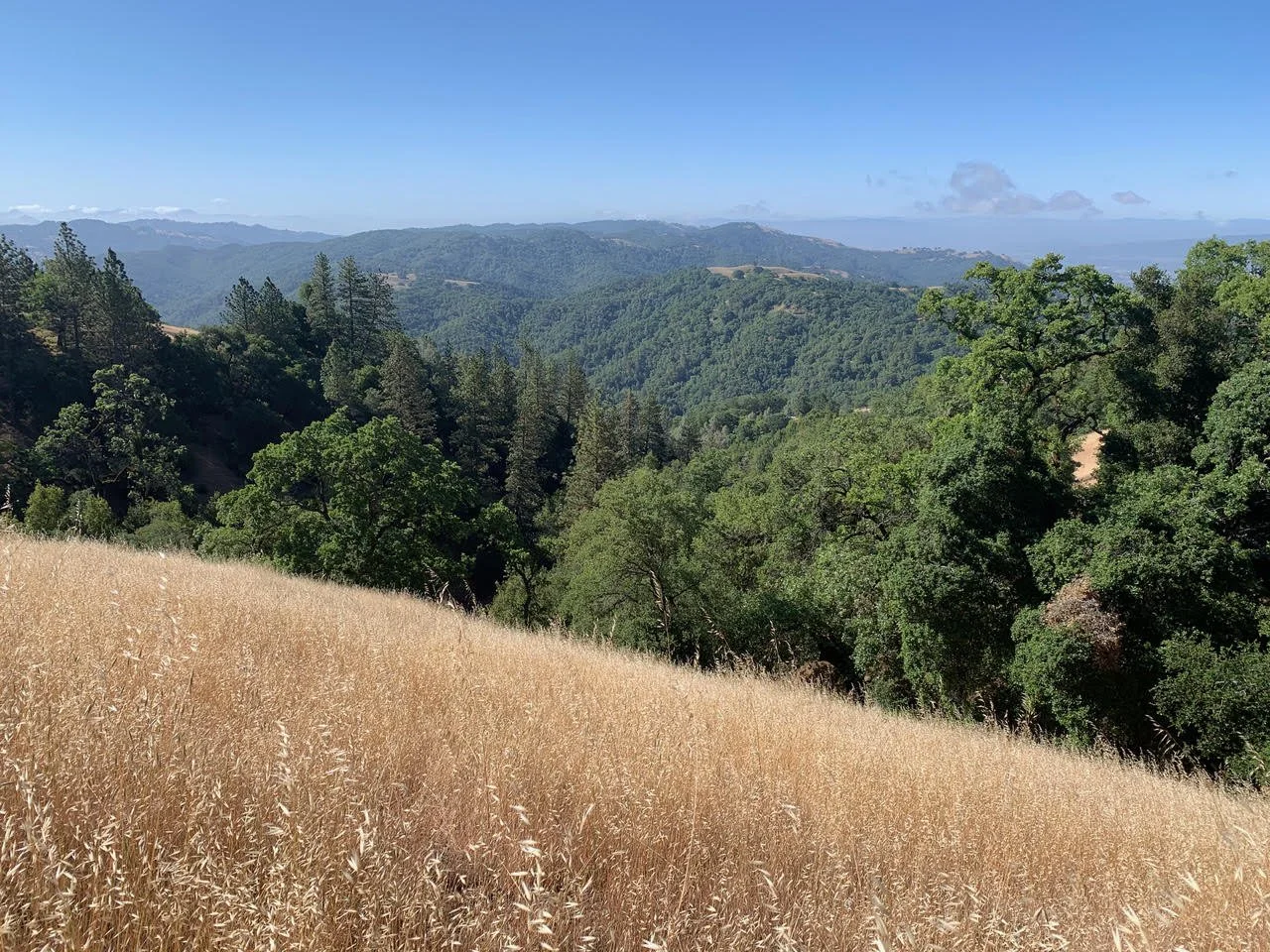All Santa Clara County Residents: Respond to a Survey
Santa Clara County Parks is updating their Countywide Trails Master Plan, which includes a map and conceptual trail routes in the County. County Parks is looking for public feedback on where trails should be and the prioritization of trails for implementation. We think trails are a great way for people to experience and connect with nature, but we also want to make sure trails are not built in sensitive plant and wildlife areas. In natural areas and along creeks, electric bikes can disrupt wildlife use of their habitat. The project’s website includes a survey and feedback tool to give input on new trails and trail prioritization. Please ask the county not to block wildlife movement corridors with trails and the activity associated with them, and minimize intrusion into contiguous wildlife habitat. In addition, please ask for limits on access by motorized vehicles, including bikes. Please consider whether all parks and open spaces must be connected by trail.
Sunnyvale Residents: Action Alert for Moffett Park Specific Plan
The City of Sunnyvale is moving quickly towards the approval of the Moffett Park Master Plan, with residential towers (20,000 housing units and 10 Million Square feet of additional office space in towers 145-275-feet tall). Despite the plan projected 60,000 new employees and 42,000 new residents, the Environmental Review concluded that there will be no impact to wildlife and migratory birds in the baylands.
The planning commission will make a recommendation May 8th, and council is procasted to approve the plan soon after. Sunnyvale residents, please contact advocate@scvas.org for more information on how you can help. And here is the SCVAS comment at the Planning Commission study session (delivered by our own Rani Fischer):
The EIR dismissed our concern that adding 42,000 new residents and 60,000 employees will contribute to significant degradation of existing park and recreation facilities and disrupt migratory birds and other special status species in the baylands, water treatment ponds and other water features.
We disagree, impacts to recreation facilities and amenities will likely happen as residents and employees use them to commute and enjoy their surroundings. Furthermore, the Plan relies on use of these facilities, especially the Bay Trail, to provide active transportation for employees and residents alike. It seems highly likely that there will be a significant, not minimal, increase in Bay Trail usage by new employees, and that thousands and thousands of residents and employees will explore the levees among wetlands and ponds, with impacts to migratory birds and special status species such as the Western pond turtle.
In our letter, we suggested mitigations, For example, with the exception of commute trails (Such as Bay Trail and the East and West Channels trails), we suggested that the City should limit access to human-powered-only, and prohibit electronic or motorized mobility devices. This should reduce disturbance to foraging and resting birds. We also provided a map that presented Levees that can and should be closed seasonally without an impediment to recreational activities.
We believe that including our recommendations should reduce the impacts and should be included in the Plan and the Final EIR.





